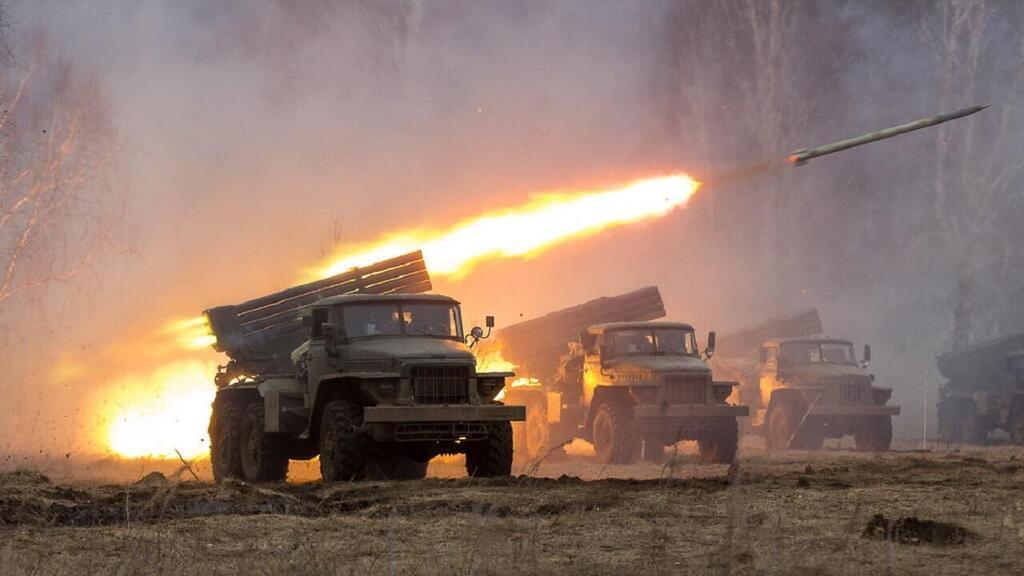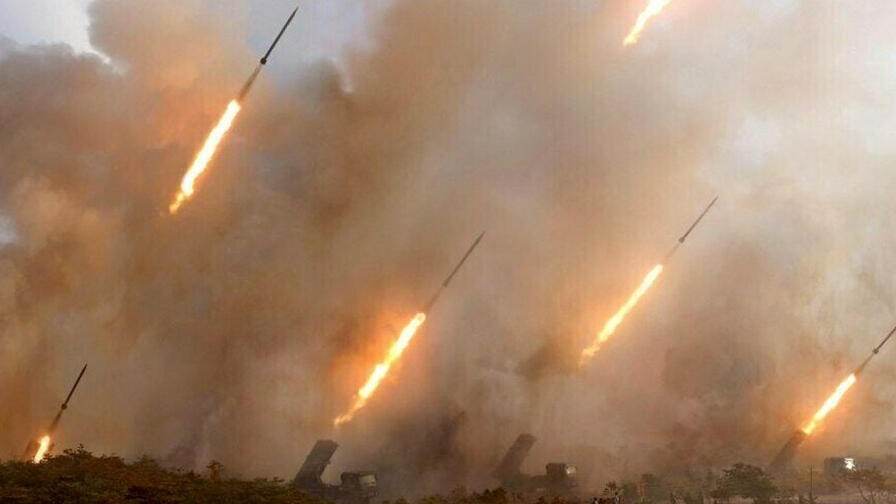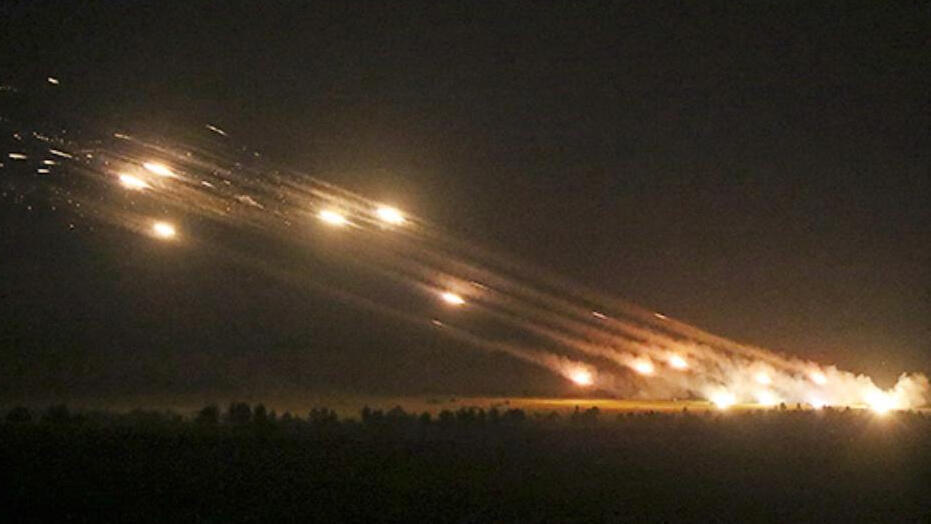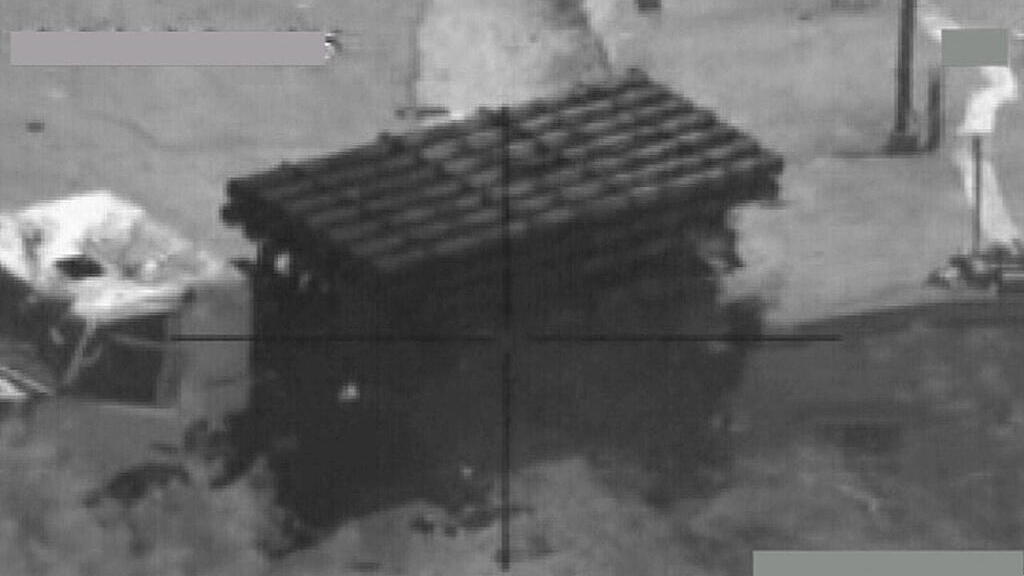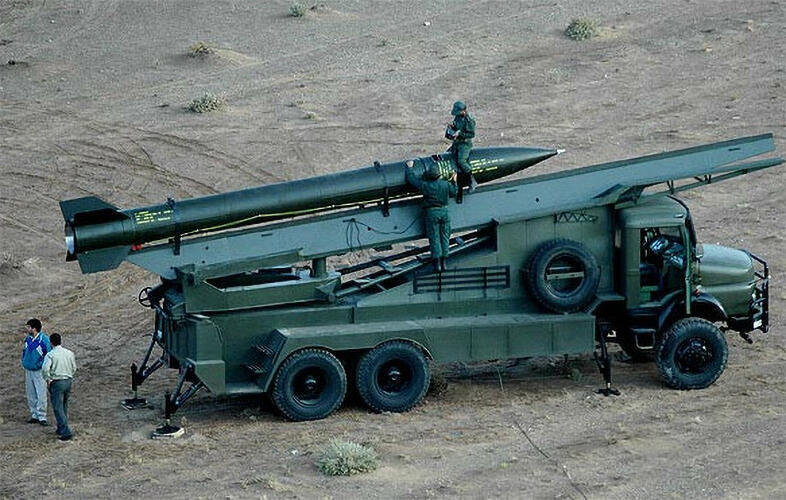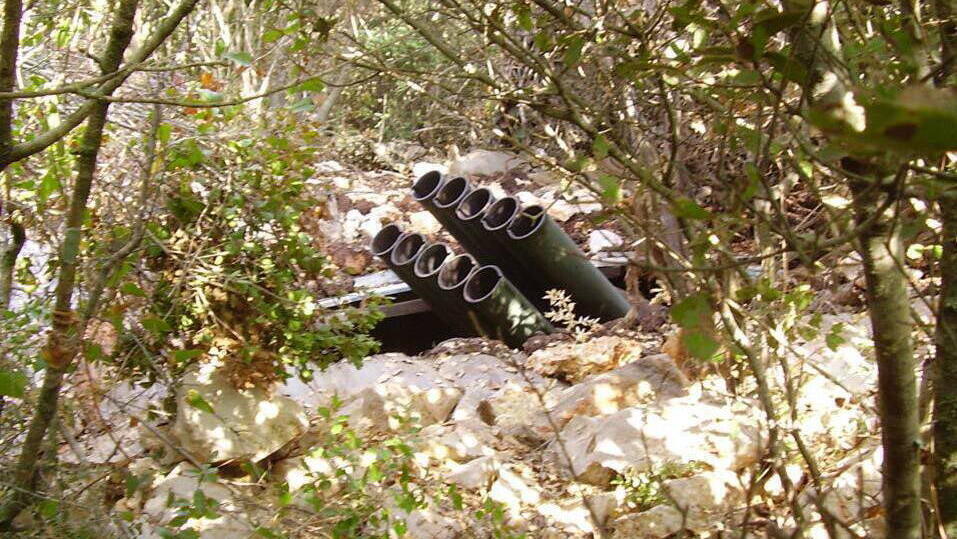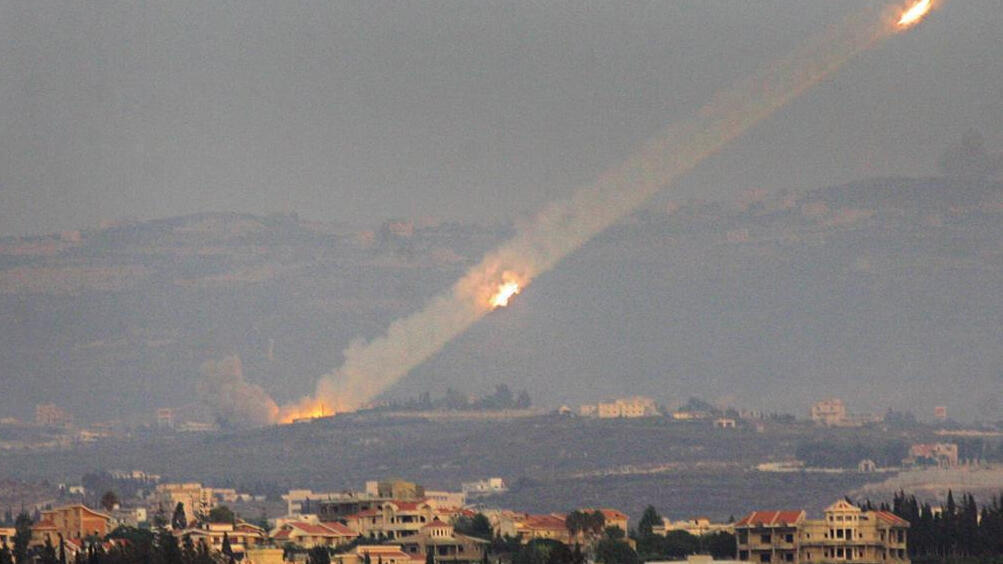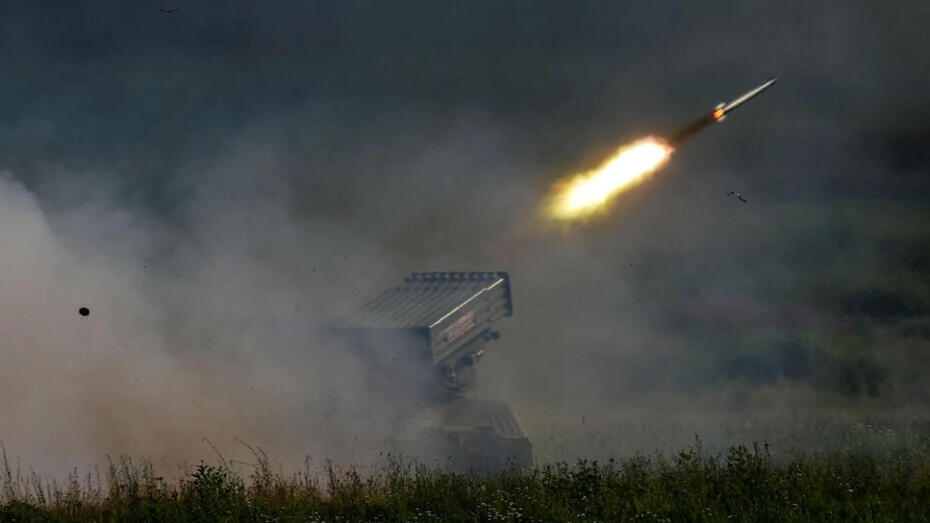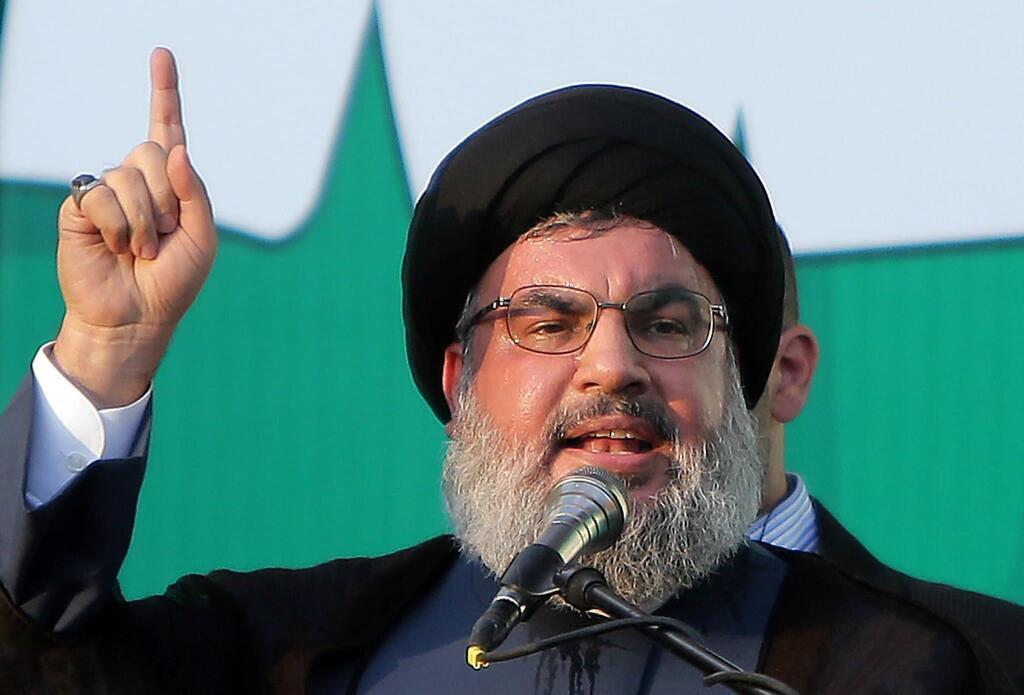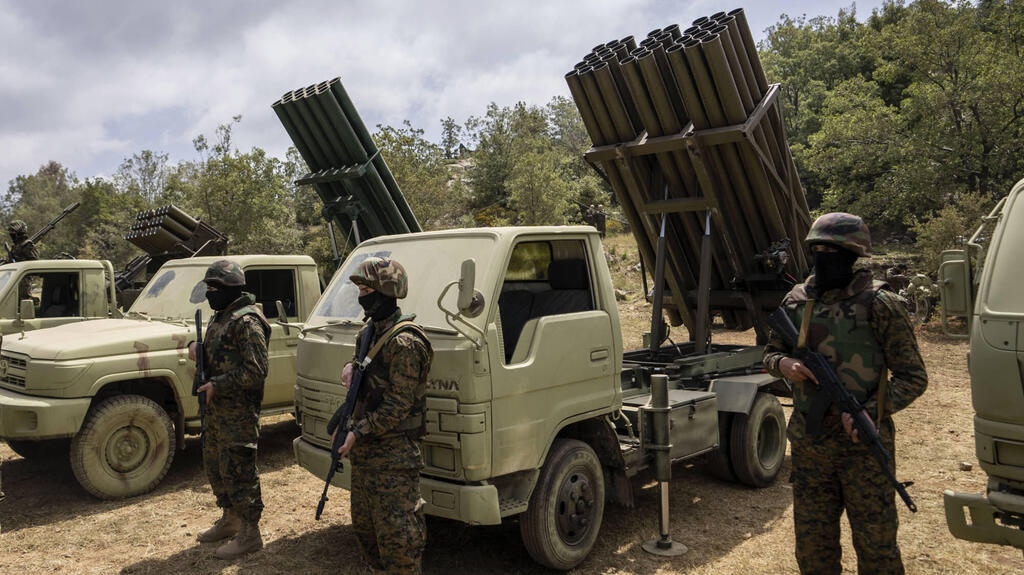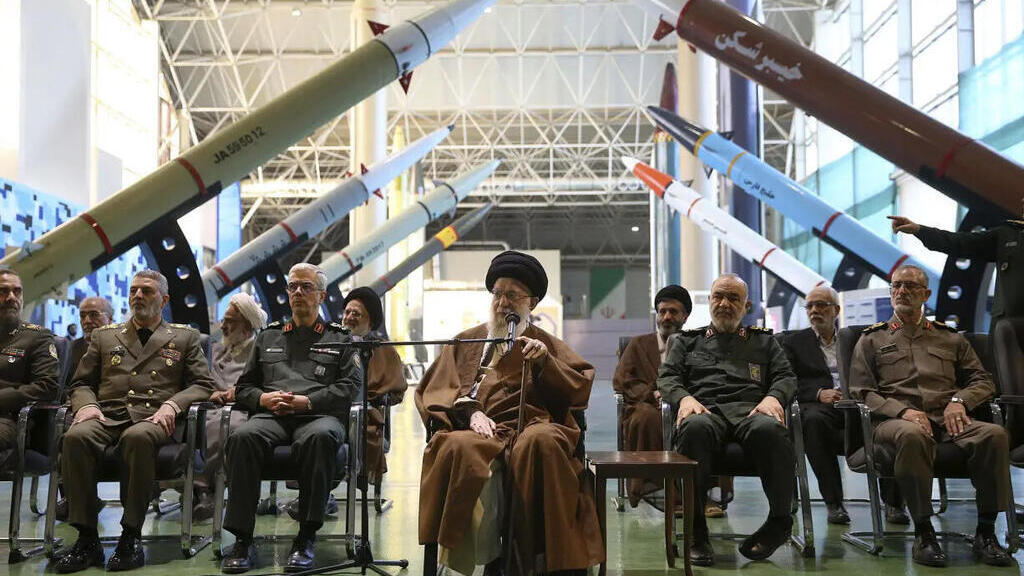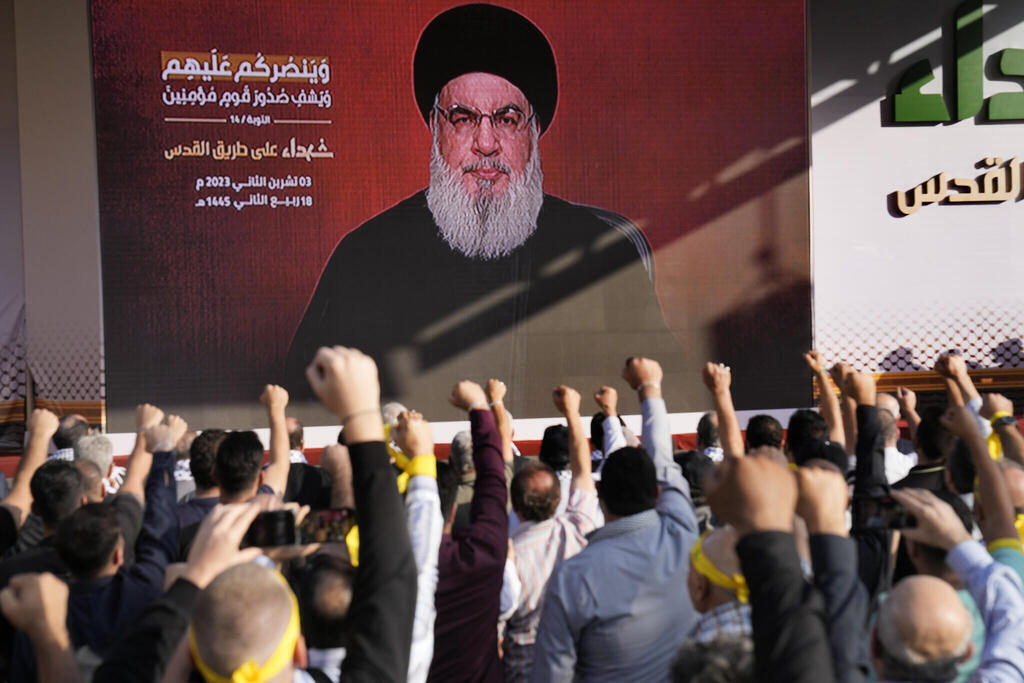Getting your Trinity Audio player ready...
Hezbollah’s firing capabilities include massive stores of missiles and hidden launching pads, causing great concern to Israelis So what does the IDF know and how can it thwart the threat?
More stories:
The Iran-backed terror group is estimated to have in its possession 150 thousand surface-to-surface rockets and missiles. Few countries in the world have more in their arsenals.
They have had no shortage of ways of transferring arms: Land shipments from Iran via Syria, by sea via Lebanese ports, and mounting top secret operations attempting to bring in dangerous weapons such as mobile anti-aircraft launchers.
The IDF was neither willing to confirming nor deny any involvement in reported explosions in shipments while on route. Since the end of the 2006 Second Lebanon War, Hezbollah has been collecting almost any kind of rocket Iran knows how to obtain or manufacture, and that Iranian money can buy.
Over half of the arsenal in South Lebanon is made up of 122 mm caliber Grad missiles and similar models that have a 12–25-mile firing range. Their accuracy is extremely low, their impact is in large but that doesn’t bother Hezbollah. The idea of a large artillery barrage is to scare rather than make a direct hit.
The next level up is the heavy rockets: Iranian-made Fajr-5, fired by terrorist organizations from Gaza and reaching up to 50 miles. Hezbollah also operates the Khaibar-1 with a 60-mile range.
They are joined by more powerful weapons: Rockets going by the name of Zelzal 1 and 2. These are Iranian upgrades of the Russian Lunas, boasting a firing range of up to 130 miles. Both of these rockets have huge warheads weighing over half a ton, but with a flight path no harder to intercept than that of a regular rocket.
The bigger the rocket, the more the enemy will need to activate additional tools for a substantial barrage. Hezbollah knows that the IDF can pinpoint the launching site the moment they open fire, and land a bomb, rocket, or mortar on it. The more the enemy fires, the fewer launching pads they’ll have.
At the apex of the Iranian artillery pyramid stands the surface-to-surface missile called the Fateh-10, with a range of over 150 miles. These are, in fact, surface-to-surface versions of the Zelzal that employ GPS to adjust their flightpath to target, but have neither maneuvering capacities nor the surprise factor. This weapon is more accurate than the others. On paper, it can hit a specific building. In the field, however, there are obstacles and disruptions that can cause them to miss their target by hundreds of feet.
The whole idea of precision weapons is the ability to hit a particular target such as a military base, a power station, a bridge, etc.
These rockets have the ability to take out electric or cellular power. Critical infrastructure such as hospitals have their own generators and the home front is experienced with such eventualities and repairs would be quick. Israelis should however prepare by having a flashlight in the safe room.
Some of the rockets are fired from launching pits, and lots more from a variety of mobile launchers. Some rest on standard heavy trucks from the Grad system, with many others on smaller, faster trucks.
Some of the mobile launchers are disguised as civilian trucks, with pipes for the Grad rockets in a trunk at the back, or with a covering that would make it look like any delivery truck.
As these launchers are reusable, Hezbollah would do its best to protect them, hiding them in garages, sheds, and warehouses, quickly spiriting them away after use. This grants them operational flexibility allowing them to fire them from anywhere.
Many of Hezbollah's rockets are in warehouses, tunnels, and bunkers and on vehicles themselves stored in hiding places. They can’t all be charged without being exposed, and no arms cache is immune to aerial attack. This is mainly why, in recent years, Hezbollah has invested so much in advanced anti-aircraft missiles, expecting Israel to eliminate a significant amount of them.
In some sectors, the rockets are launched from military compounds situated in towns and villages, so as to make it difficult for the IDF to operate against them. But with the first pictures of Gaza in ruins, hundreds of thousands of villagers fled north making it easier to target.
Israel also acted wisely by evacuating many communities along the northern border. This means that lots of launching pits have become obsolete and mobile launchers that need to be moved around are easily exposed.
Rocket logistics is another problem: It’s not easy to manage so many rockets and so many launchers scattered over an area five times the size of the Gaza Strip.
This results in only very partial effectiveness: On day 48 of the war, Hezbollah launched a battery of 48 Grads in response to the killing of senior Redwan Force operatives and the son of the head of Hezbollah's parliamentary bloc. At least 20 of them landed inside Lebanon.
Hezbollah still relies on stationary rocket launchers, limited logistics, and the weaknesses they entail. This army of terrorists has grown very fast and is no longer small enough to be quick and agile.
Israel's solution to Hezbollah’s rockets would be intercepting them with the most efficient defense systems in military history – knowing that their precision is low and only a small number of rockets in each barrage poses a real threat to any community.
Every defense system has its limits and some rockets can avoid interception. The solution on the home front would be sheltering in safe rooms and bomb shelters that can protect against artillery rockets and weapons that rely on scattering shrapnel and are definitely not designed to penetrate reinforced walls.
Hezbollah operates in conditions very different from Hamas. This is a Shi’ite terrorist organization in a region plagued by bitter rivalries - the Popular Front (PFLP), the Democratic Front, Fatah al-Islam, the Abdullah Azzam Brigades, Ansar al-Tawhid and endless further Global Jihad players that have their hate for Hezbollah in common.
Political and religious rivalries between them have raged for years, often culminating in bloodshed and reciprocal bloodshed. There are areas where Hezbollah won’t go, so as not to kick off unnecessary trouble.
All these organizations are anxiously watching from the sidelines. If Hezbollah drags the IDF into a third Lebanon War, it will lose much of its public support, activists, infrastructure, and influence. This would be their big chance and a moment for which some of them have been waiting for thirty years.
Hezbollah also has business interests in drug trafficking, financial institutions, and protection rackets of the most serious kind, which their rivals may try to take away from them.
Over the years, Iran has invested billions of dollars in its Lebanese proxy, building up the organization from confused but optimistic terrorists into a powerful force.
Alongside spreading Shi’ite influence, the idea was to place a landmine in Israel’s path. Any IDF attack in Iran would activate Hezbollah’s arsenal and disrupt any military process.
If Tehran tries to replace Hassan Nasrallah and create an alternative local militia, the cost would be great because most Lebanese hate the Iranians.
Even if they do find a candidate, building up power will take years. In the meantime, Iran remains exposed to every military move by the West, before completing its project to build a nuclear weapons that would offer it full projection. A third Lebanon War would not serve it well.
Despite public bravado, Hezbollah's members have no intention of dying in this war. Still, rockets are being launched at Israel from Lebanon.



